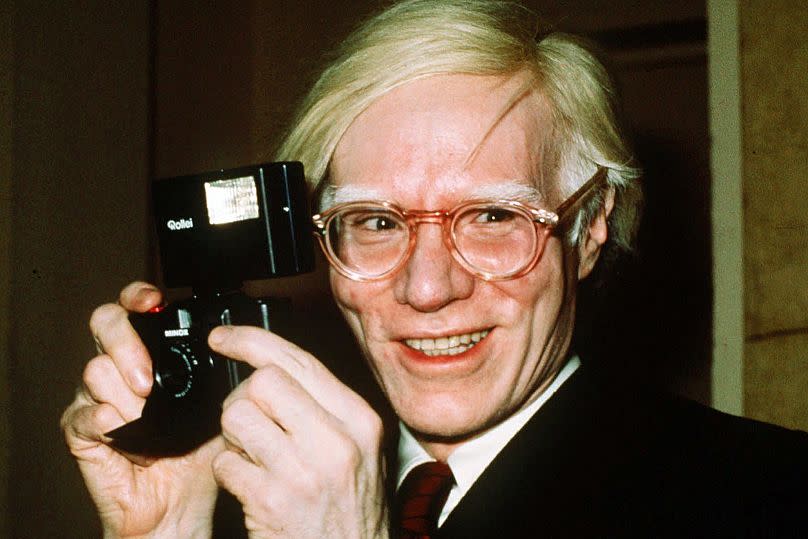What does the US Supreme Court ruling against Andy Warhol's estate mean for art?

Andy Warhol’s estate has lost a court battle in a dispute with a photographer over an image of late music superstar Prince.
The U.S. Supreme Court made the decision late last week with a 7 - 2 ruling, siding with Lynn Goldsmith over the Andy Warhol Foundation over the late artist’s use of her photograph of Prince from 1981 in a silkscreen print.
The court ruled that Warhol had infringed on the copyright of Goldsmith’s work in the image known as ‘Orange Prince’, denying the Foundation’s fair-use defence against accusations of copyright infringement.
The photograph was taken for the Newsweek publication in 1981 but was never published. Three years later, Vanity Fair licensed the image for Warhol to use in the silkscreen painting which appeared in the magazine. At the time, Goldsmith was paid $400 (or €369) for the licence and was also given a credit in print.
However, it was discovered that Warhol, unbeknown to Goldsmith, also created 13 other silkscreens and two pencil drawings based on the original photograph.
An incident in 2016 involving Condé Nast - Vanity Fair’s parent company - and the Andy Warhol Foundation, which saw $10,000 (or €9,239) change hands for the licence of the ‘Orange Prince’ image but no remuneration or crediting Goldsmith, kicked off a legal battle, which eventually reached the Supreme Court and this ruling.
The Court explained its decision, saying the two works, “share substantially the same purpose and the use is commercial in nature”, adding that that the Warhol Foundation had “no persuasive justification for its unauthorised use of the photograph”.

How will this affect future art world battles?
The case brings up fair use and copyright issues pertaining to art across the globe and New York University law professor Amy Adler told Arnet, “I think it’s going to significantly limit the amount of borrowing and building on previous works that artists will engage in. The court seems less interested now in the artistic contribution of the second work and much more interested in commercial concerns”.
It’s also a worry for owners of the other ‘Orange Prince’ creations made by Warhol. It’s thought that they could be put out of circulation entirely - with some experts saying holders of the pieces will likely shy away from displaying or selling the art due to the possible legal consequences.
In the 39-page document released by The Supreme Court on their decision, it appears that the 7 justices who voted against Warhol were, in actual fact, more concerned about the Warhol Foundation’s failure to pay Goldsmith a licensing fee in 2016 at the time of the Condé Nast incident rather than whether Warhol should have made use of the photograph at all.
While some collectors will be nervous, there doesn’t appear to be a great deal to be worried about - although, if you have a Warhol piece in your home, it’s worth keeping an eye on the courts for similar cases going forward.
This ruling is one of a number only this year which could change the face of copyright issues surrounding art and design.
In February, a Manhattan federal jury ruled in favour of high-end designer Hermès in a case against the artist Mason Rothschild, who had released ‘MetaBirkin’ NFTs, breaking trademark infringement laws in the process.
The NFT’s creator, whose real name is Sonny Estival, was also found liable for brand dilution and cybersquatting and was ordered to pay $133,000 (approx. €124,000) in statutory damages to the French fashion house. At the time, Hermès said the digital artworks diluted their brand, confused current and potential customers and damaged its own plans for future NFTs - and the court agreed.

 Yahoo News
Yahoo News 
